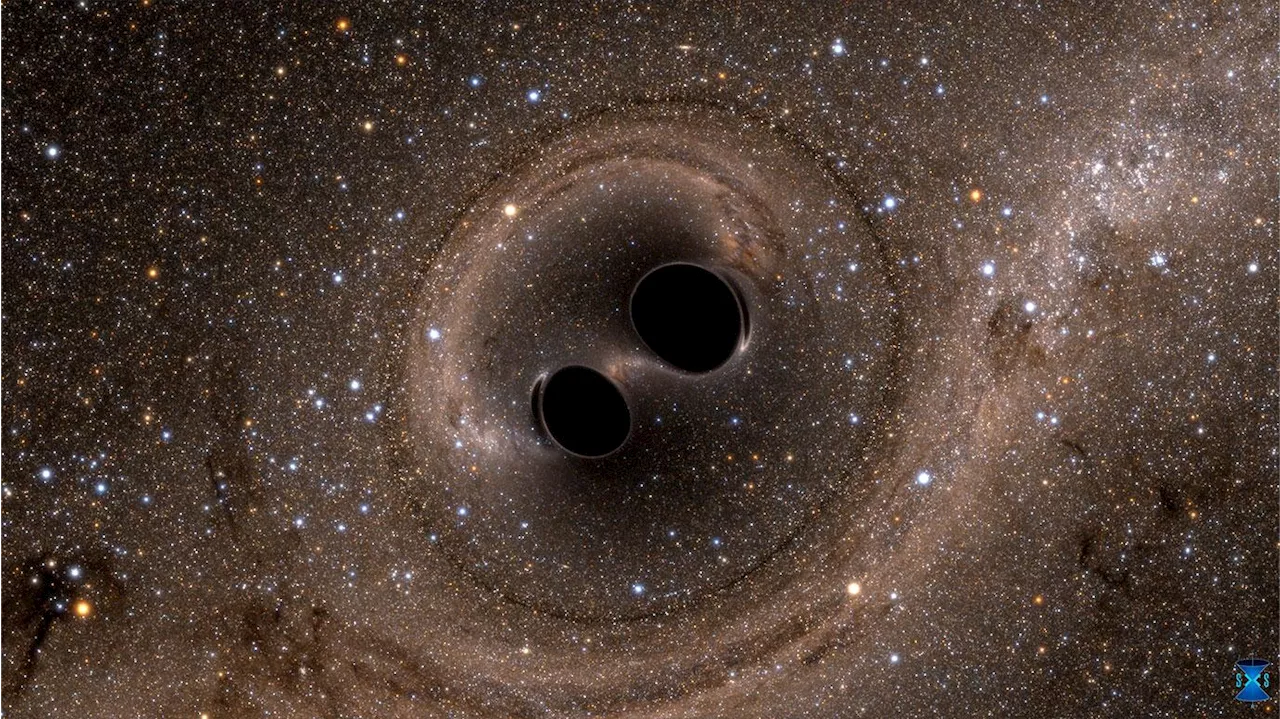A new study proposes using gravitational wave signals from binary black hole mergers to learn about Population III stars, the first generation of stars that formed in the early universe.
. These events occur when massive objects like neutron stars and black holes merge, sending ripples through spacetime that can be detected millions of light-years away. Since the first event, more than 100 GW events have been confirmed by LIGO, the, an international team of astronomers proposed another application for binary black hole mergers: using the earliest mergers in the Universe to probe the first generation of stars in the Universe.
This led to the major phase transition that ended the Cosmic Dark Ages , allowing the Universe to become “transparent” as it is today. However, as Liu stated, how this process started remains unclear: The question is, how do two black holes get so close to each other that they will eventually merge? Astronomers currently rely on two evolutionary “channels” to model this process: and nuclear star cluster-dynamical hardening . As Liu indicated, the resulting BBH mergers have distinct features in their merger rate and properties, depending on the channel they follow. They contain valuable information about the underlying physical processes.
Gravitational Waves Black Holes Early Universe Population III Stars Cosmic Dawn
United States Latest News, United States Headlines
Similar News:You can also read news stories similar to this one that we have collected from other news sources.
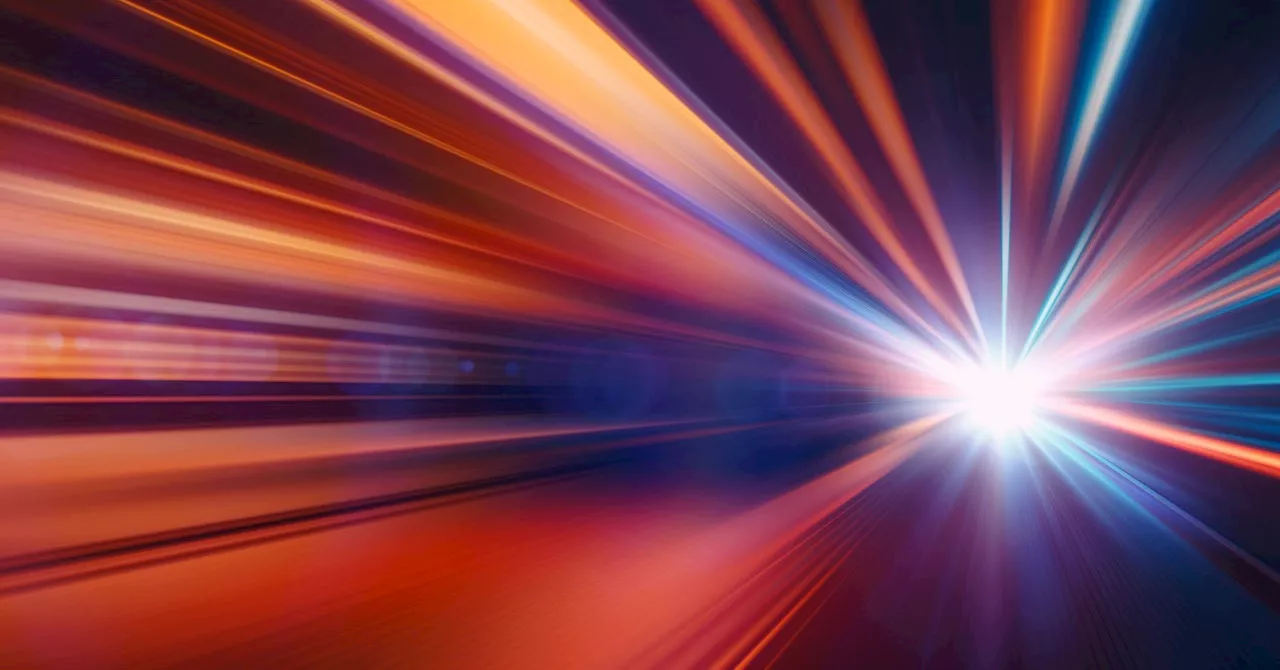 Alien Spaceships Could Be Detected Using Gravitational WavesThe concept of space-time makes Star Trek-style warp drives theoretically possible, and researchers have proposed a way of detecting their use.
Alien Spaceships Could Be Detected Using Gravitational WavesThe concept of space-time makes Star Trek-style warp drives theoretically possible, and researchers have proposed a way of detecting their use.
Read more »
 Gravitational Waves Will Give Astronomers a new way to Look Inside Neutron StarsSpace and astronomy news
Gravitational Waves Will Give Astronomers a new way to Look Inside Neutron StarsSpace and astronomy news
Read more »
 Gravitational waves unveil previously unseen properties of neutron starsA better understanding of the inner workings of neutron stars will lead to a greater knowledge of the dynamics that underpin the workings of the universe and also could help drive future technology.
Gravitational waves unveil previously unseen properties of neutron starsA better understanding of the inner workings of neutron stars will lead to a greater knowledge of the dynamics that underpin the workings of the universe and also could help drive future technology.
Read more »
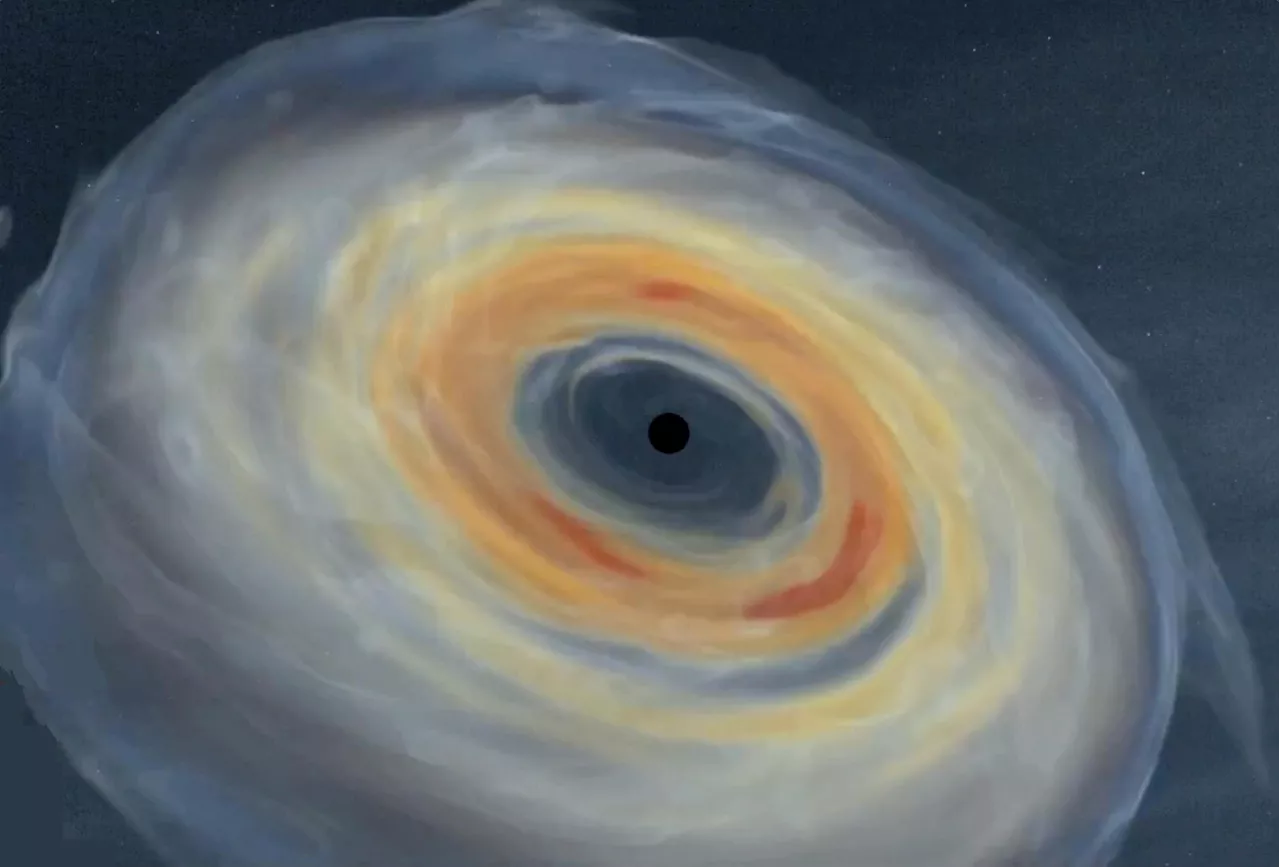 Dying Stars Send Out Gravitational Waves Across the UniverseScience, Space and Technology News 2024
Dying Stars Send Out Gravitational Waves Across the UniverseScience, Space and Technology News 2024
Read more »
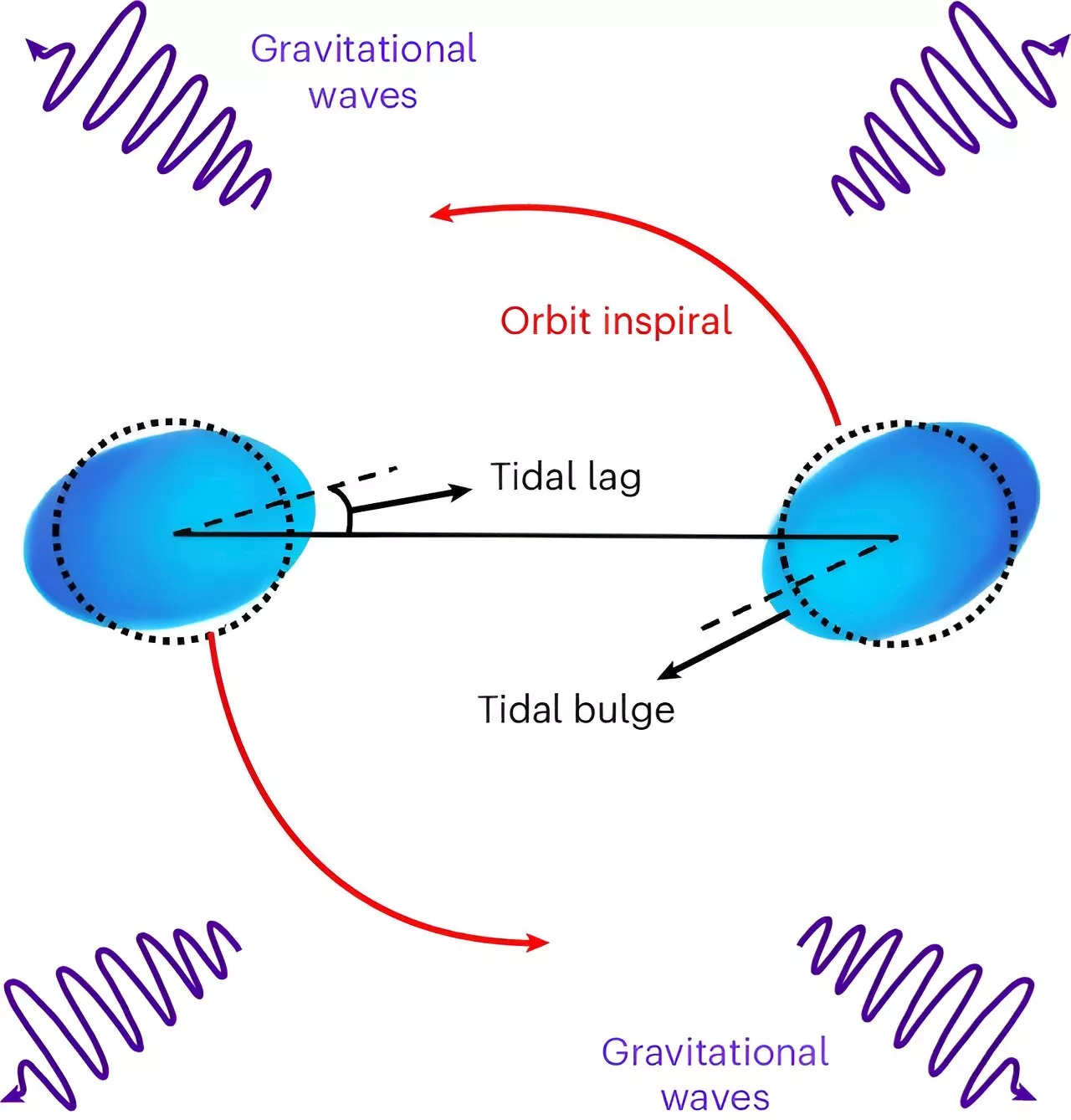 Gravitational waves unveil previously unseen properties of neutron starsA better understanding of the inner workings of neutron stars will lead to a greater knowledge of the dynamics that underpin the workings of the universe and also could help drive future technology, said the University of Illinois Urbana-Champaign physics professor Nicolas Yunes.
Gravitational waves unveil previously unseen properties of neutron starsA better understanding of the inner workings of neutron stars will lead to a greater knowledge of the dynamics that underpin the workings of the universe and also could help drive future technology, said the University of Illinois Urbana-Champaign physics professor Nicolas Yunes.
Read more »
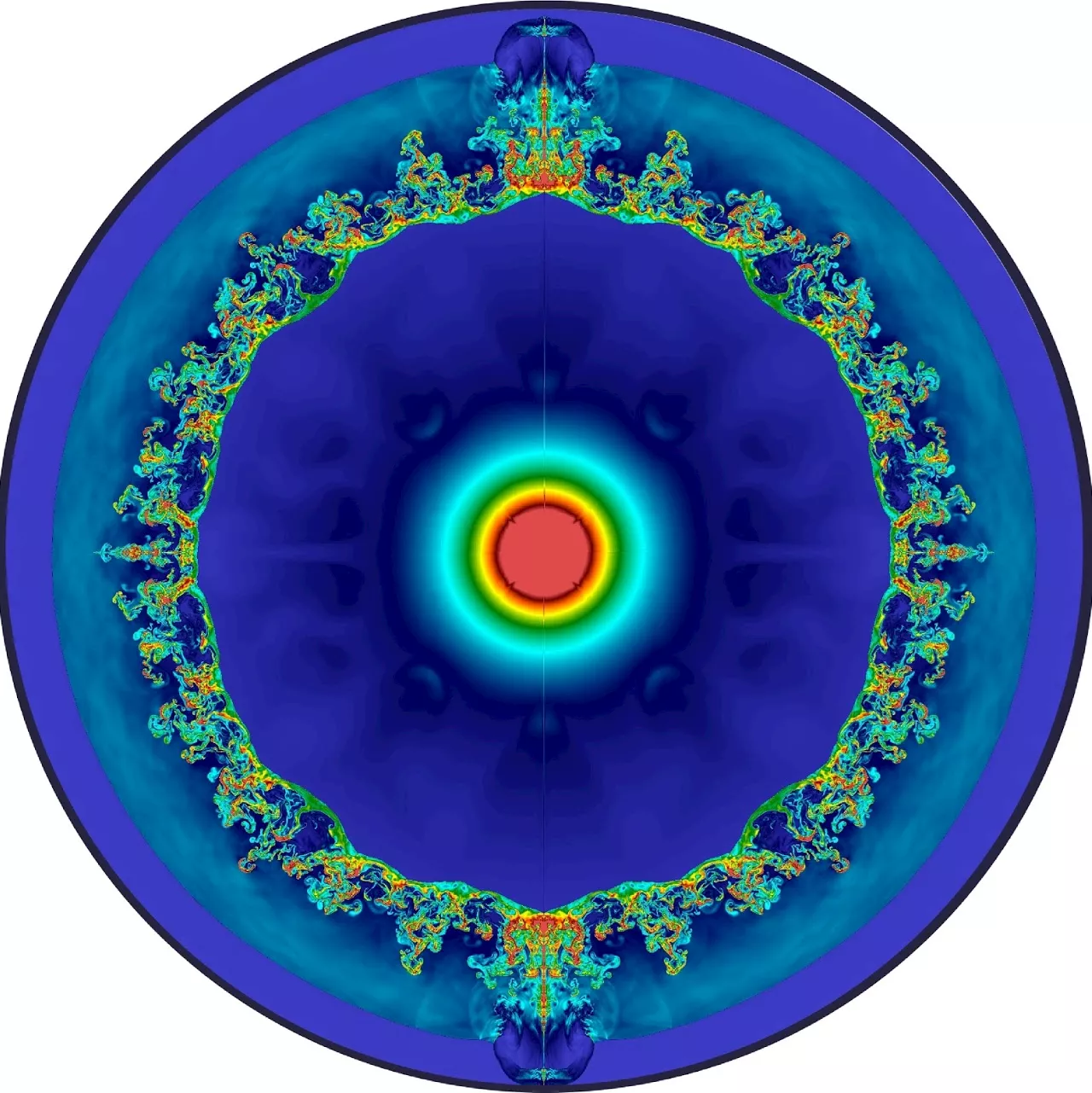 Gravitational waves could show what's happening inside a star as it's going supernovaSpace and astronomy news
Gravitational waves could show what's happening inside a star as it's going supernovaSpace and astronomy news
Read more »
